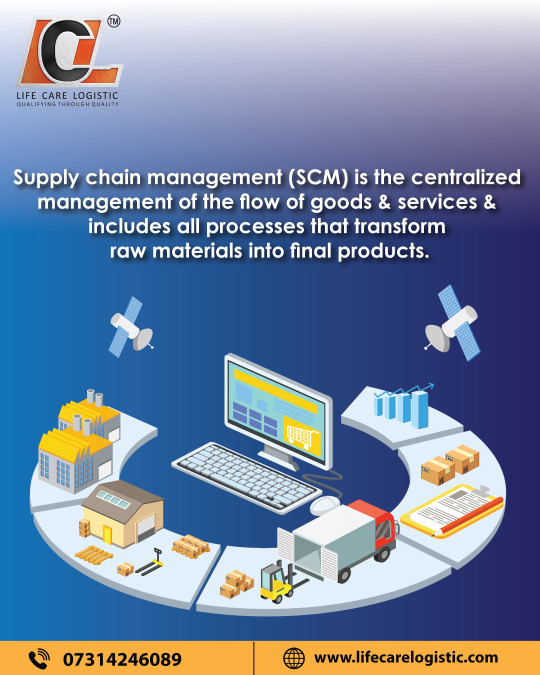#bestwarehousemanagement
Photo

What is Order Fulfillment in Supply Chain Management?
It is the process of receiving goods and then processing and delivering orders to customers. The process starts when the customer places an order and ends when the customer receives it. However, if the buyer wants to return the item, order fulfillment also drives the return transaction.
Here is a quick overview of the order fulfillment processing steps:
Reception of warehouse shipments
Inventory storage
Order Processing
Transportation
Returns processing
Stages of the Order?
Getting inventory. Basically, there are two ways for an e-commerce company to manage inventory. He can choose to receive and store inventory in-house or use an outsourcer to fulfill e-commerce orders to take care of his inventory and all related tasks. If the first option is chosen, the company will be responsible for inventory, inventory verification, labeling and management of the inventory system. If a company chooses to outsource or choose to use dropshipping, these tasks will be handled by a fulfillment partner or supplier.
Inventory Storage - If you decide to store the inventory yourself, there will be another list of tasks waiting for you once the receiving part is completed. The main tasks on the list will be to put inventory aside and keep a close eye on what items come in and go out so you can ship orders without any delay.
Order Processing - Businesses that outsource order fulfillment do not need to delve into the painstaking work of order processing as they simply pass the order request on to their partner and do the rest themselves. For companies that manage their own inventory, at this stage, the order is taken off the shelf, delivered to the packing station, inspected for damage, packaged, and moved to the shipping station.
Sending an Order- Depending on the size, weight, and specific requirements of the order, the best shipping method will be determined. Usually, a third-party carrier is hired to perform this step.
Returns Processing - For online shoppers, the ability to easily return unwanted items is a major buying consideration. To ensure you get the most out of receiving, replacing, and returning returned items, you need to have a crystal-clear return policy that is easily accessible to both your customers and employees. Automating this step can help you avoid unnecessary chaos and mistakes.
What does the Execution Process Look Like?
Following is a list of all the steps involved in fulfilling an order:
Execution Service
-Fulfillment services not only include space for your inventory but also provide staff to manage and process orders that are sent to businesses. Business to Business Fulfillment, also known as B2B, refers to bulk deliveries for businesses. Businesses that require this service often buy groceries in advance, so they don't need to buy groceries daily. They may also supply goods to another company for resale purposes.
Fulfillment services are a back-end mechanic that handles all the logistical complexities that can easily engulf a business owner who needs to manage and deliver their product.
Accepts the Arrival of your Product
Inspects all inventory for possible damage and quantity. Sends you an inventory report.
Warehouses for your Product
-Once new inventory arrives, it will be placed in an area that has certain square footage reserved for you. Your inventory stays in a protected environment with climate control and spraying.
Personnel is required to ensure safety, cleanliness and compliance with other protocols.
Order Management
-After receiving orders, employees collect, pack and ship the goods to the customer.
The business customer will receive a notification that the order has been shipped.
Returns Management
-The staff will resolve any issues related to the return of the order.
Real-Time Inventory
Inventory technology provides you with inventory data.
3 notes
·
View notes